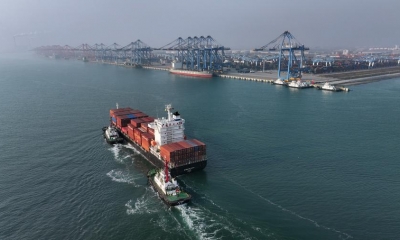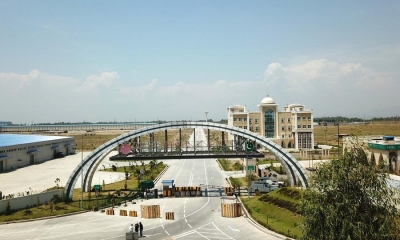China’s Contributions to Global Climate Governance
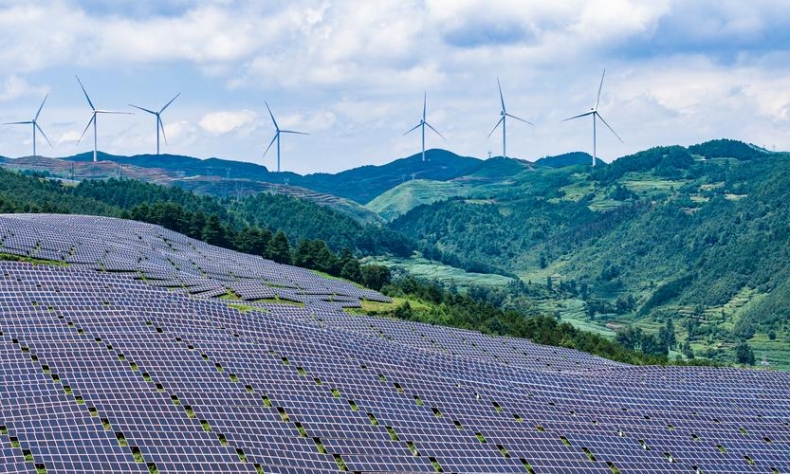
With robust clean energy production capacity and engineering construction capabilities, the country has established a complete new energy industry chain.
China’s climate vision is comprehensively in line with global climate governance underpinned by President Xi Jinping’s well-thought narrative and China’s fresh white paper titled “Carbon Peaking and Carbon Neutrality China’s Plans and Solutions.”
President Xi’s all-embracing doctrine and the white paper released by the State Council Information Office unfold China’s genuine determination to climate multilateralism and international climate cooperation.
Chinese leadership spearheaded by President Xi Jinping is loud and clear on global climate governance with an overarching understanding that multilateralism, cooperation and fairness are sole keys to overcoming rising climate challenges.
President Xi believes that the world needs to team up to boost green development to secure the present and future rising above all prejudices, biases, political doctrines, race, colour and hegemonic ambitions.
Noticing that 2025 marks the 10th anniversary of the Paris Agreement and the 80th anniversary of the founding of the United Nations, Xi reflected “as long as we enhance confidence, solidarity and cooperation, we will overcome the headwinds and steadily move forward global climate governance and all progressive endeavors of the world.”
As per the Chinese proposal, it is important for all countries to champion the rule of law, honor commitments, prioritize green and low-carbon development, and jointly respond to the climate crisis through multilateral governance.
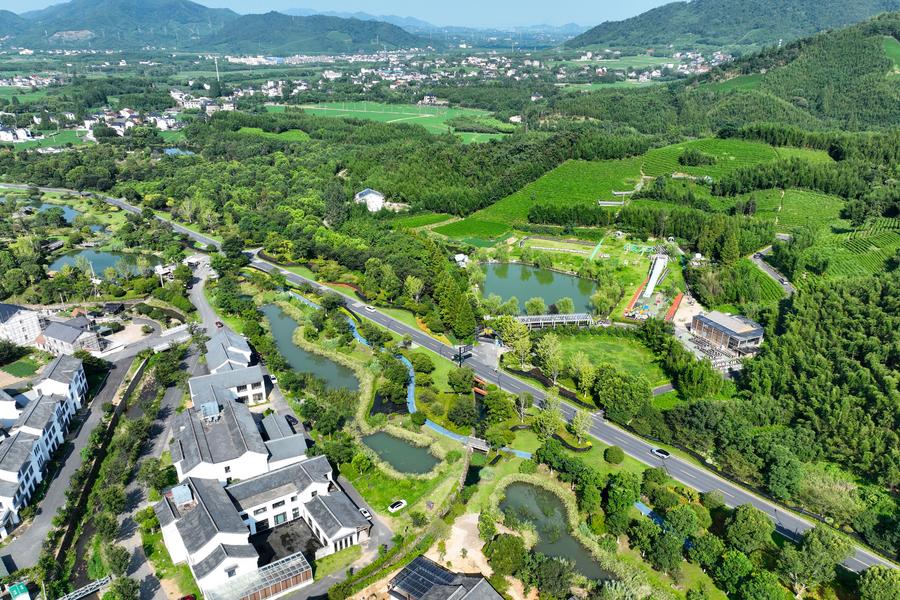
Xi always focuses that international communities must accelerate the just transition. Countries must adopt a people-centered approach to advance the well-being of people and climate governance in tandem, and strike a balance between multiple goals including environmental protection, economic growth, job creation, and poverty alleviation. Developed countries should support developing countries to help drive the global shift toward green and low-carbon development, and contribute to the common and long-term well-being of people of all countries.
Xi Jinping stressed that harmony between man and nature is a defining feature of Chinese modernization. China is a steadfast actor and major contributor in promoting global green development. Since he announced China’s goals for carbon peaking and carbon neutrality five years ago, China has built the world’s largest and fastest-growing renewable energy system as well as the largest and most complete new energy industrial chain. China has contributed a quarter of the world’s newly-added area of afforestation over the last 40 years. However the world may change, China will not slow down its climate actions, will not reduce its support for international cooperation, and will not cease its efforts to build a community with a shared future for mankind.
China is ready to work with other parties to earnestly honor the principle of common but differentiated responsibilities, do their utmost respectively and collectively, and build a clean, beautiful, and sustainable world together.
In his speech at UN climate summit 2025, President Xi set the tone of global cooperation on climate saying “green and low-carbon transition is the trend of our time. While some country is acting against it, the international community should stay focused on the right direction, remain unwavering in confidence, unremitting in actions and unrelenting in intensity, and push for formulation and delivery on NDCs, with a view to providing more positive energy to the cooperation on global climate governance.”
President Xi won the hearts when he pledged that China will, by 2035, reduce economy-wide net greenhouse gas emissions by 7 percent to 10 percent from peak levels, expand the installed capacity of wind and solar power to over six times, scale up the total forest stock volume to over 24 billion cubic meters; make new energy vehicles the mainstream in the sales of new vehicles; expand the National Carbon Emissions Trading Market to cover major high-emission sectors; and basically establish a climate adaptive society.
The white paper titled “Carbon Peaking and Carbon Neutrality China’s Plans and Solutions” has promised to deal with climate and atmospheric headwinds.
China is transforming the momentum for global climate governance by championing multilateralism and fostering international cooperation, says the white paper.
The country has demonstrated its commitment by engaging in and leading global climate governance, promoting green development under the Belt and Road Initiative, and advancing international cooperation on green and low-carbon development, it said.
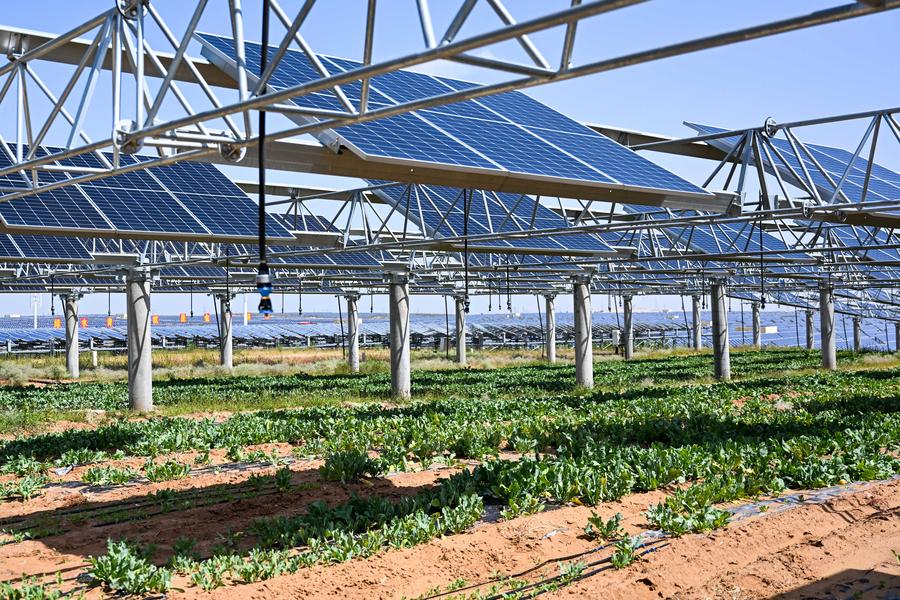
In line with the requirements of the landmark Paris Agreement on climate change, which was signed in 2015, China has pledged the implementation of national climate action plan. It aims to cut emissions and adapt to climate impacts that each party to the Paris treaty is required to establish and then update every five years.
The white paper emphasized that cooperation between China and other BRI partner countries in green infrastructure, energy and transportation is on the rise. To date, China has established energy partnerships with 34 countries involved in the BRI, and worked with more than 100 countries and regions on green energy projects, it noted.
Adhering to the Paris Agreement principle of “common but differentiated responsibilities”, China had also advanced high-standard and high-quality international cooperation on green and low-carbon development, the white paper said.
The nation has offered financial, technological and capacity-building support to the best of its ability to other developing countries, it said.
As of the end of October, China has signed 55 memorandums of understanding on South-South climate cooperation with 43 developing nations and conducted over 300 sessions of capacity-building programs, according to the white paper.
“China is eager to join hands with the international community to forward eco-environmental conservation, revamp green development, get over global climate challenges, protect the green Earth, and secure a cleaner and more beautiful world,” it added.
The white paper highlighted China’s pivotal role in global energy transition, pointing to the country’s significant contributions to wind and solar energy development.
China now supplies more than 80 percent of the world’s photovoltaic modules and roughly 70 percent of wind power equipment. With robust clean energy production capacity and engineering construction capabilities, the country has established a complete new energy industry chain.
The article reflects the author’s opinions, and not necessarily the views of China Focus.
 Facebook
Facebook
 Twitter
Twitter
 Linkedin
Linkedin
 Google +
Google +





